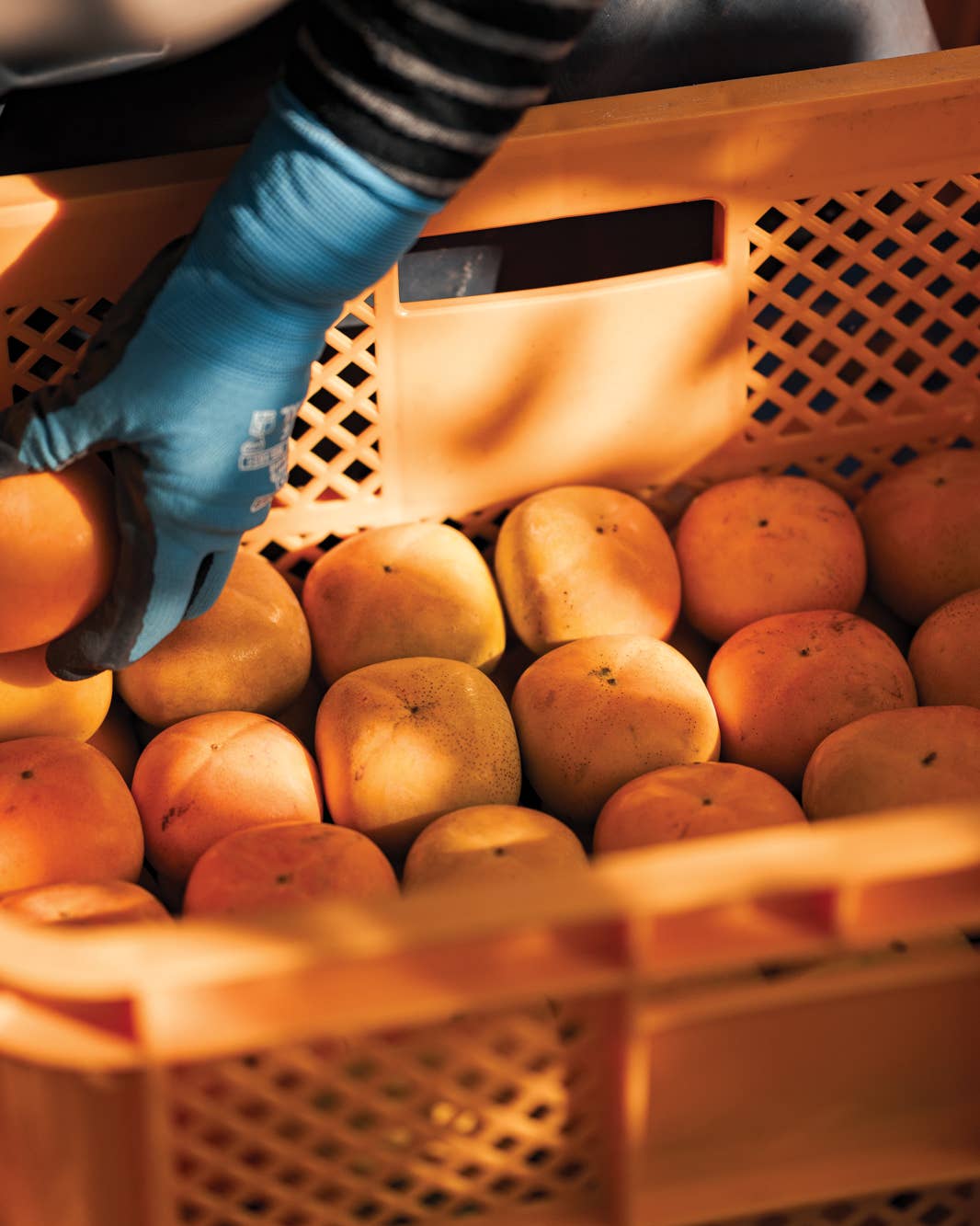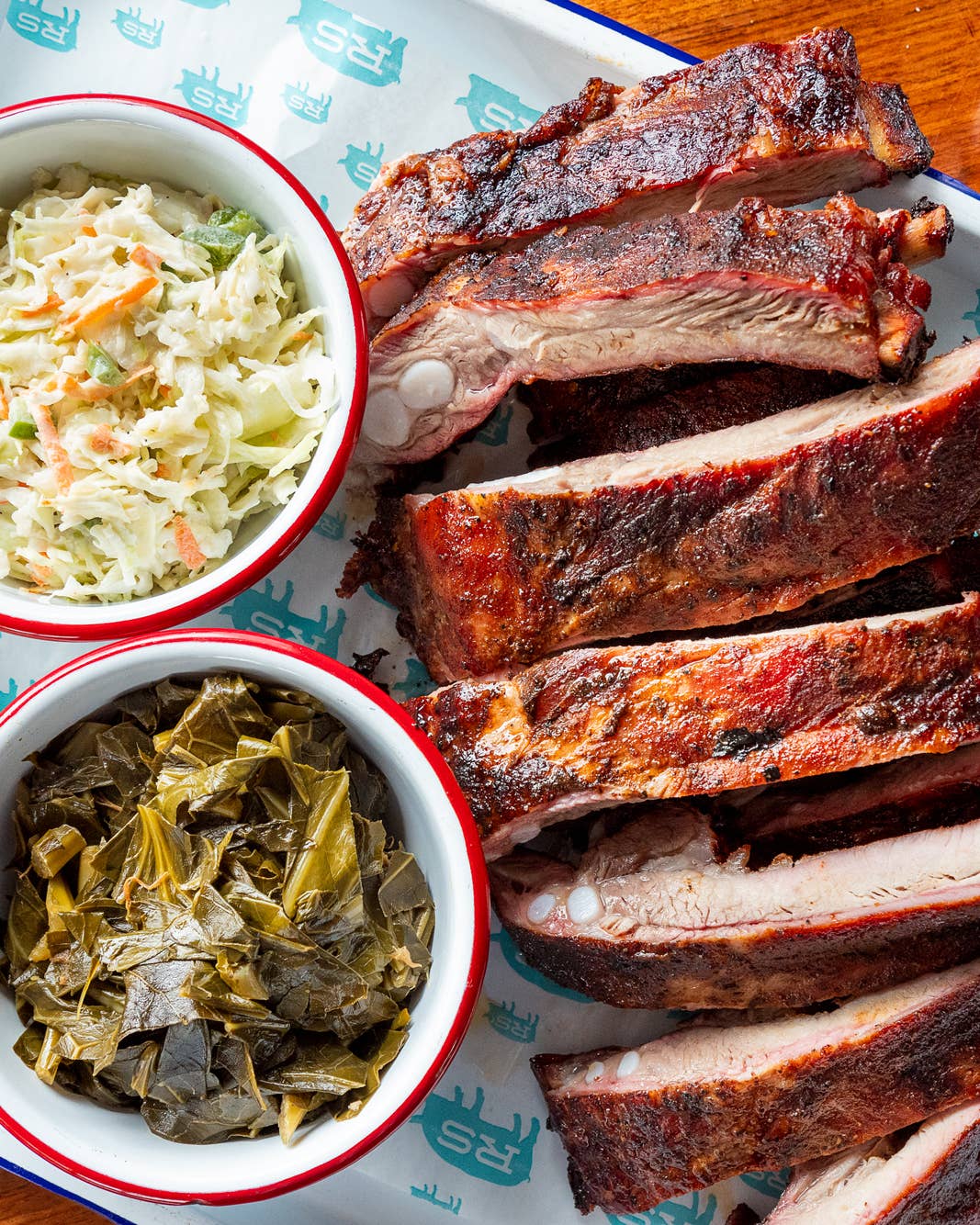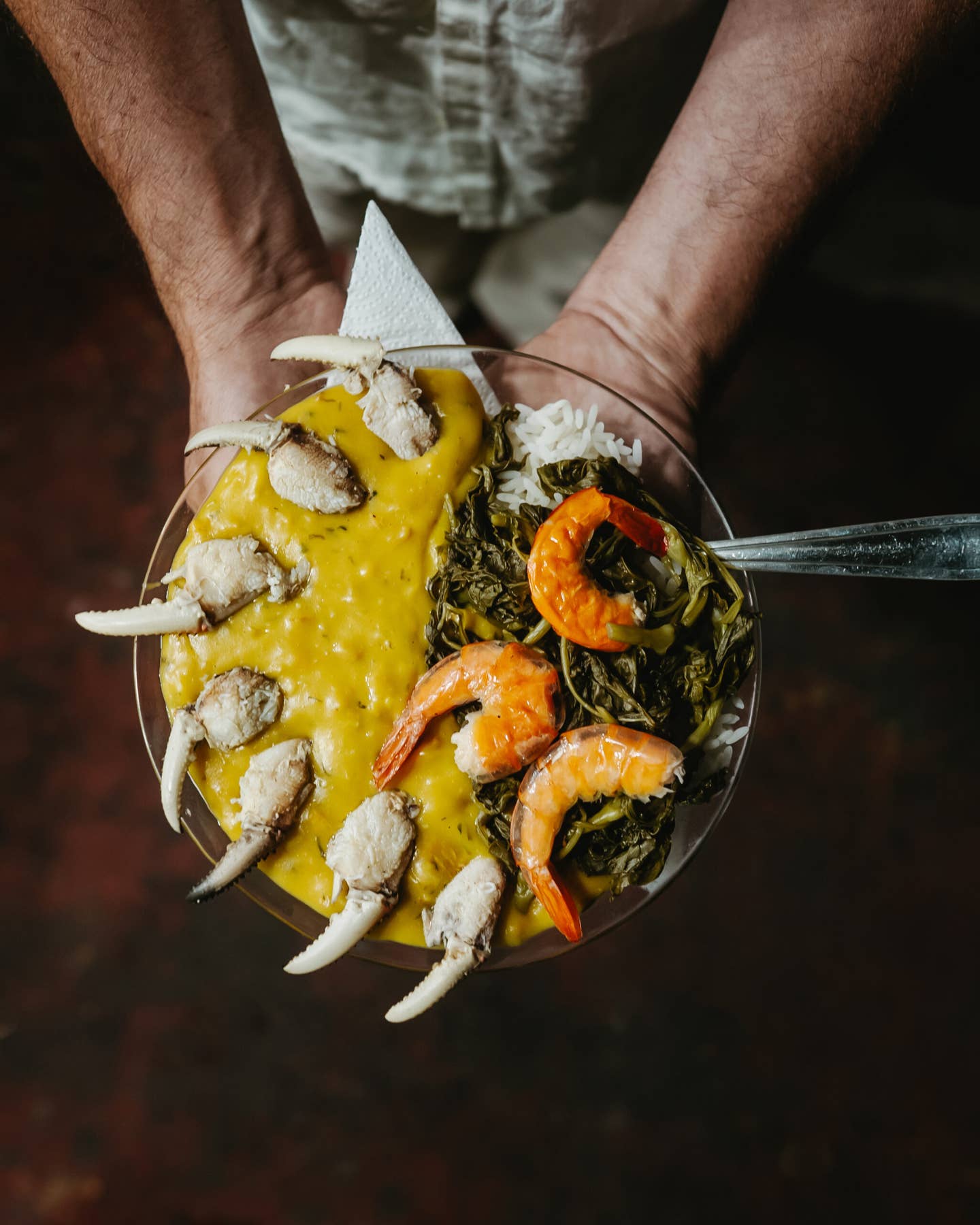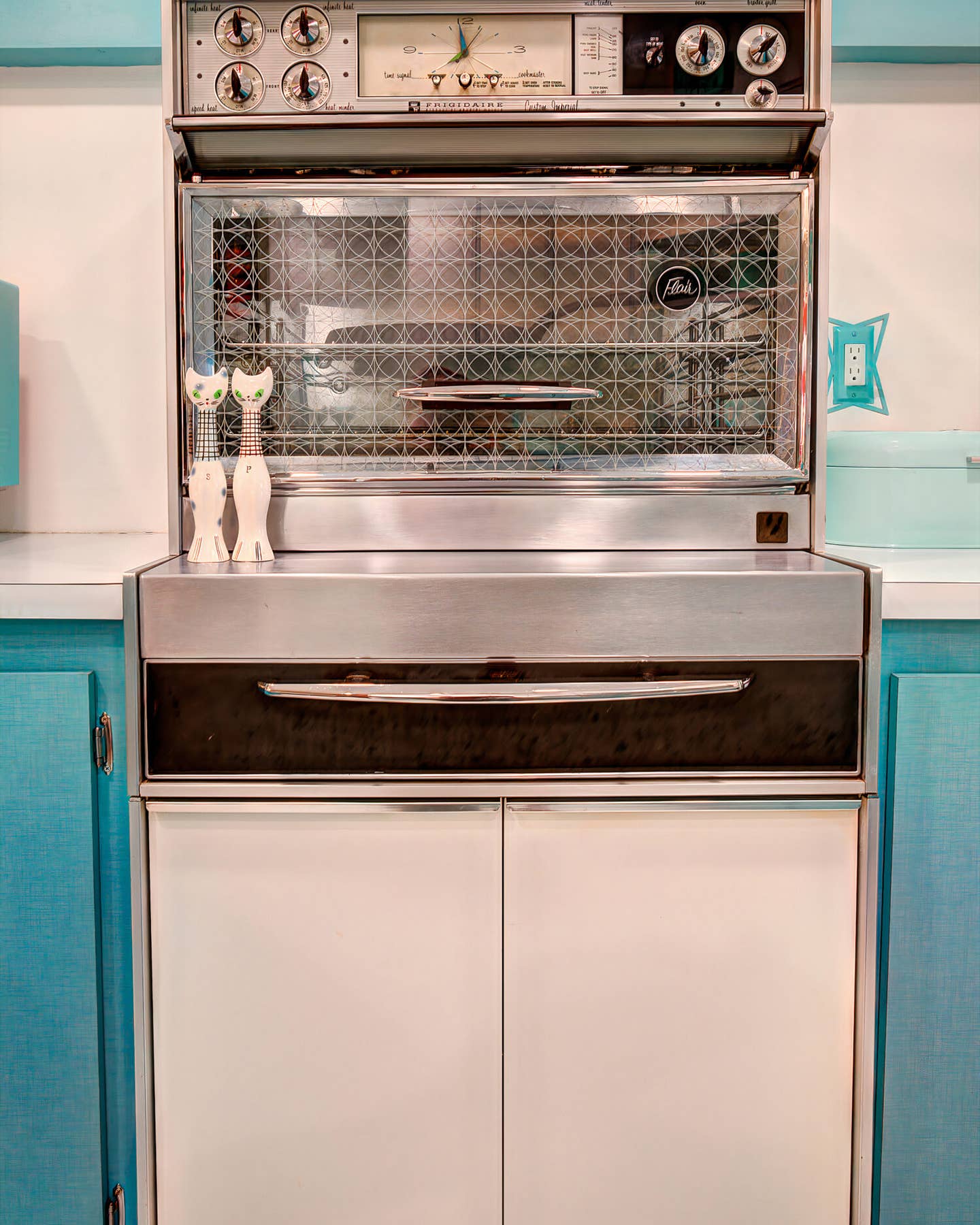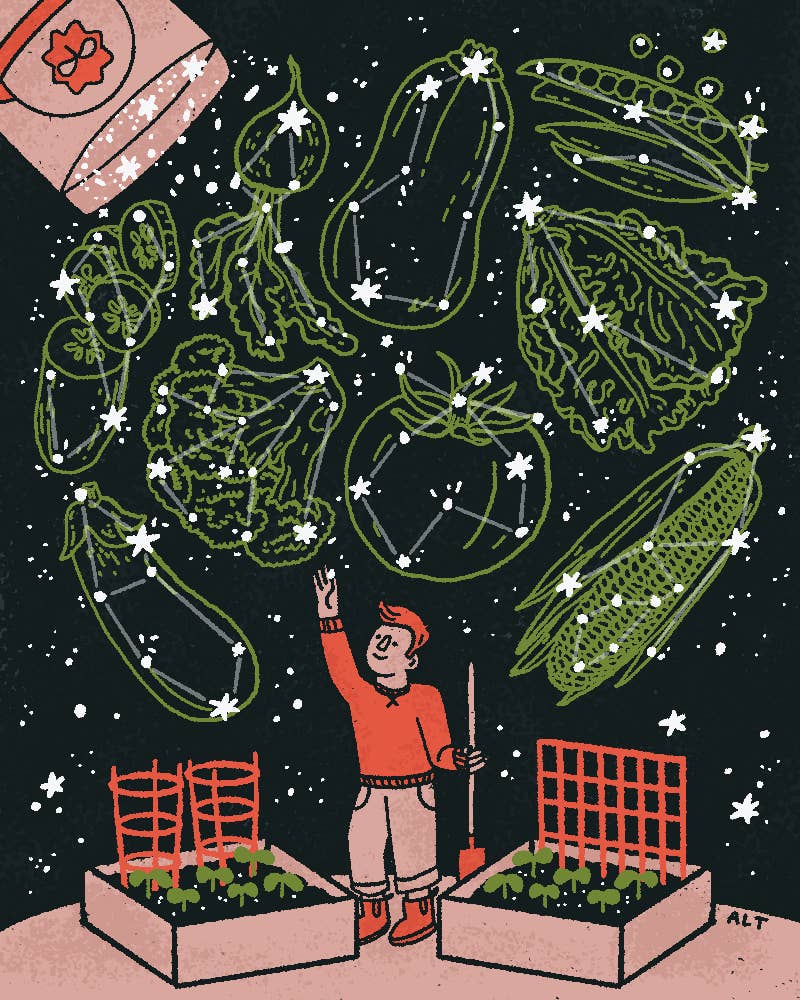Farm to Lunar Table: How Astronauts Are Eating Today
To prepare for upcoming years-long voyages, NASA has a new game plan for getting fresh food to the moon and beyond.

Has farm-to-table gone lunar? Thanks to NASA’s Artemis program, which launched when an unmanned spaceship orbited the moon in 2022, the answer is yes. The U.S. government agency has ushered in space travel’s next frontier—one that will involve extended space stays and planetary exploration. Next fall, Artemis II will send a crew of four into lunar orbit for the first time since 1972. Though we’re accustomed to humans on (or near) the moon, the upcoming mission will bring us closer to Artemis’ bigger objective: establishing a space station and lasting presence on the Earth’s only natural satellite. The base will enable research and, ostensibly, serve as a launch pad for deep-space travel. We’re talking Mars, Earthlings, and getting there by blasting off of the moon’s surface.
MIT Technology Review says reaching Mars won’t happen in the immediate future, but putting humans on the moon for weeks, months, and beyond will happen by this decade’s end. As such, everything that pertains to eating and nutrition in space now needs a re-think. If the goal is Mars, reachable by a round-trip voyage of approximately five years, then our current space food’s two- to three-year shelf life won’t cut it. And, extending it is just the beginning.
Currently, aboard the International Space Station (ISS), food is resupplied by cargo ships; occasionally, fresh fruit makes the trip, which NASA’s Grace Douglas says is “always very popular.” This is key: Satisfying primal cravings and fortifying a connection to Earth is not only good for morale; it’s also good for performance and mental health. The problem, Grace notes, arises when considering the risks that fresh foods present—spoilage and susceptibility to bacteria. Ensuring that astronauts stay healthy is paramount.
So, since the current ISS model isn’t practical for getting food to the moon (much less to Mars), the question NASA faces is: How to serve astronauts both fresh and preserved food in an enclosed environment far, far away? Douglas summed up the big picture on “Houston We Have a Podcast”: “If we’re going to start exploring and becoming more Earth-independent, we need to start understanding how we produce the foods and not just take foods with us.” While fresh lettuce and tomatoes already grow aboard the ISS, they’re more science experiment than salad supply. And since recent NASA studies demonstrate that sustained periods without “satisfying sensory experiences” (i.e., good food that tastes and smells enticing) is detrimental, the push for fresh ingredients is scientifically backed. Of course it is. Imagine, traveling for a year-plus and seeing no light, no civilization, no loved ones. Now, consider the joy of peeling and eating an orange...
Teasel Muir-Harmony of the Smithsonian’s National Air and Space Museum offers historical context. “When astronauts returned from their Apollo missions,” she says, “all had lost weight because they’d eaten about 30 percent of what they were meant to.” There’s only so much processed food one wants to eat. That said, space food has come a long way. And, Douglas added, it’s an ongoing, International effort. Nine years ago, the Italian Space Agency figured out how to brew proper espressos in space—a small step toward bettering everyone’s morning routine. NASA has learned that choice and variety matter and, Douglas added, “We take specific requests into account.” For New York-bred astronaut Mike Massimino, Michael’s bakery in Brooklyn made individually wrapped biscotti to bring on his two missions. “I’m Italian,” he says. “Food’s important.”
Real-world applications will likely emerge from these culinary obstacles. Assuming climate change leaves swaths of Earth blighted, solutions for living in such inhospitable settings as the Moon can be leveraged down here. It’s a silver lining no one saw coming, but there is no denying that fresh food does us good—with or without gravity.
On Artemis II, Douglas says, astronauts won’t eat that differently than they do on the ISS. But, NASA must adapt while remaining ever-cautious: They don’t want a repeat of 1965’s “Corned Beef Incident,” when astronaut John Young smuggled aboard a corned beef sandwich. Two hours into the mission he took a bite, and crumbs floated everywhere. Back on Earth, alarm bells rang: What if an errant crumb lodged into the machinery? Or an eye!? A congressional hearing ensued and NASA committed to never again sending up illicit sandwiches.
Keep Reading
Continue to Next Story


